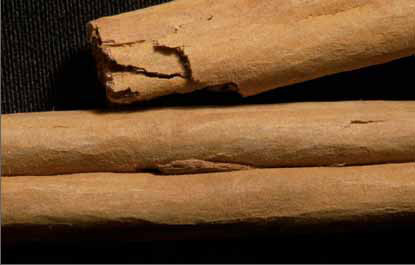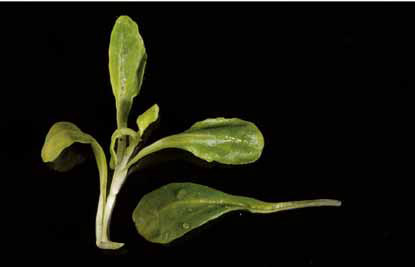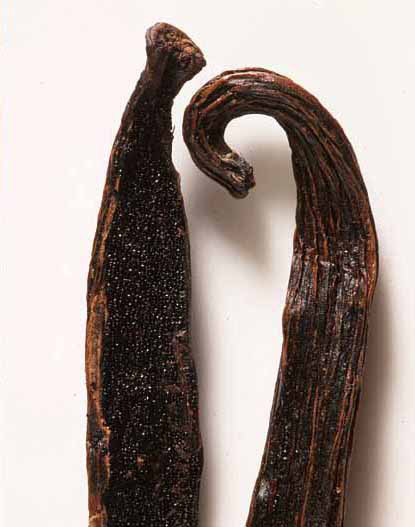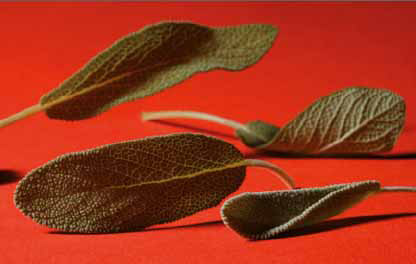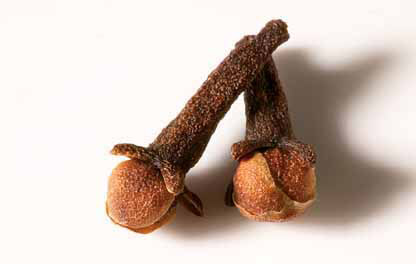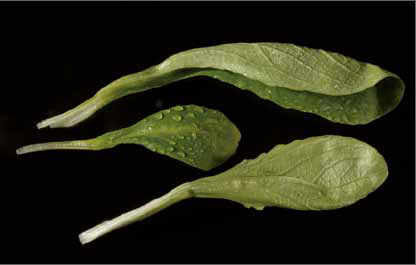
Herbs are plants that once arose spontaneously in the field. Today they are cultivated in gardens for their aromatic qualities as condiments and even for their medicinal values. The leaves (sometimes also the stems and flowers) are usually used, whether fresh, dried, or dehydrated, both for seasoning stews and to enhance the aroma of culinary dishes, both raw and cooked. They are usually added – especially in the newest, most up-to-date cookery – at the last moment of cooking or when serving a dish, so that their greatest quality, which is of course their scent, remains unchanged. For a long time, herbs were mostly ignored, except mint and peppermint, as well as parsley – essential, above all in Basque cuisine. It is very curious how mint and peppermint have been associated with desserts (especially those with chocolate) or soft drinks like mojito, but there are very traditional savoury recipes, such as Madrid stew and other savoury broths, where the help of peppermint is important, especially to degrease and flavour an overwhelming dish. Also mint is used with lamb in classical English cuisine, and closer to home, in the well-known recipe for Catalan broad beans.
But we are going to focus on the herbs in the recipes included here, such as chervil, dill and parsley.
Chervil is always recommended to be used alone for, when with other powerfully scented herbs such as basil, thyme and oregano, it loses its aroma and is overpowered by these. But it is perfectly matched with dill, also aniseed, or parsley or chives, which are not so fragrant. Chervil, along with chives, parsley and tarragon, forms part of the mixture or bouquet of fine herbs traditionally used in French cuisine.
On the other hand, dill is an herbaceous annual plant. It has been mentioned since ancient times... To my way of thinking, it holds a special place in cookery because its delicious flavour is not matched by any other herb. It goes well with all other fresh herbs, although, as it has a very marked flavour, it should be used in moderation in order not to swamp other herbs.

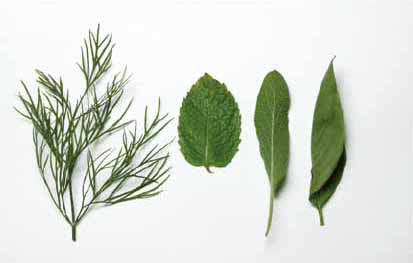
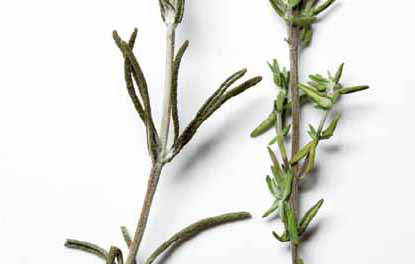
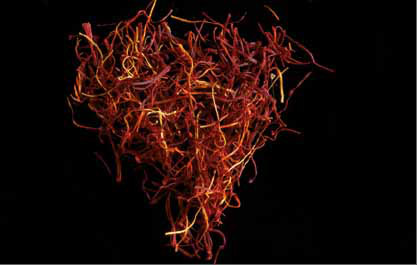
It is widely used in Scandinavian cuisine, is a very important ingredient in marinated salmon, and is used in canned herring and as a condiment in preserving gherkins and pickled cabbage. When used to flavour stews, soups, vegetables or hotpots, it should be added at the last moment, because cooking would destroy its decidedly aniseed aroma and flavour.
Finally, our soulmate: parsley is one of the most popular and well-known herbs in world cuisine and, without doubt, the most representative emblem of Basque cuisine. Above all, it is a basic component in the legendary recipe for green sauce, salsa verde! Anyway, the reason for its inclusion in these notes, despite being such an everyday – although never vulgar – herb, is due to its use in sweet recipes, which is really quite unique and very special.
